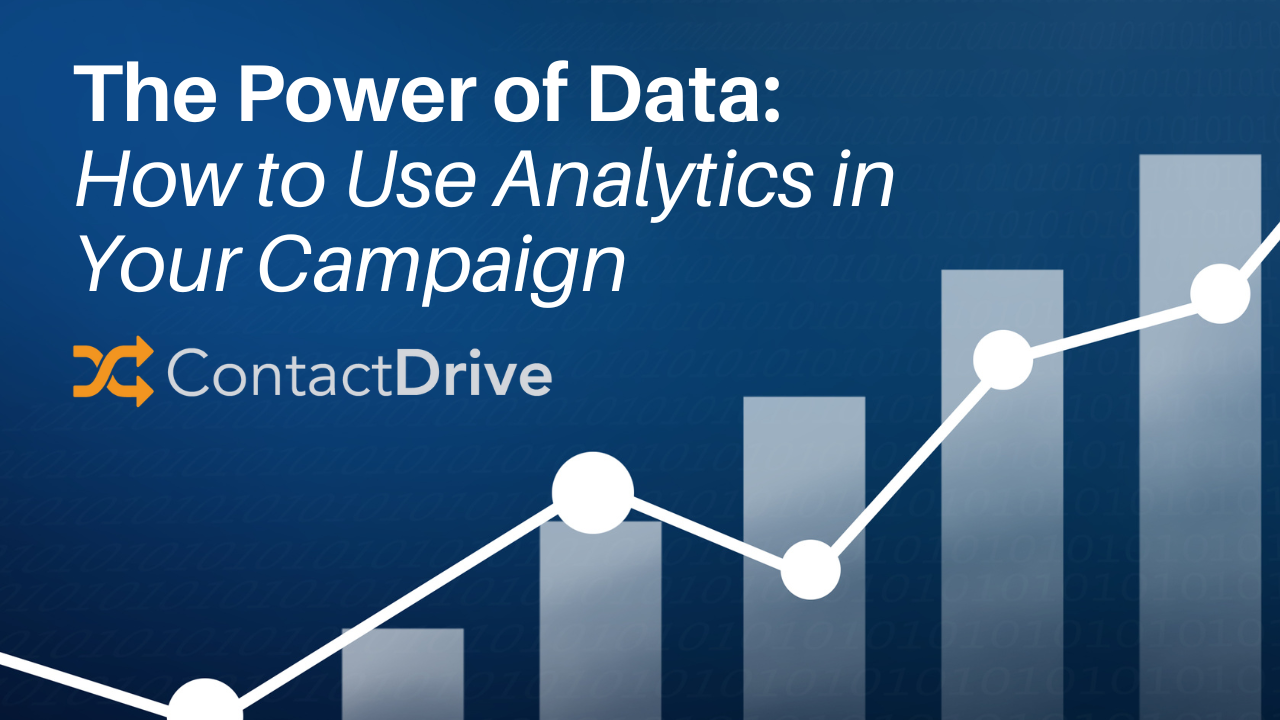Campaign success isn’t just about the buzz at rallies or the excitement of your volunteers – it’s also about making sure every effort counts. That’s where data comes into play. By blending your traditional campaign activities with smart data strategies, you can make every door knock, handshake, and email as impactful as possible. Here’s how to make it work for you:
Segment Your Audience for Precision Targeting
Understanding your audience goes beyond basic demographics; it’s about diving deeper to tailor your outreach efforts. Utilize data to segment your audience based on factors like demographics, voting history, and engagement levels. For instance, you might send updates on recent campaign successes to past donors while introducing new supporters to your candidate’s core values and vision.
Where to Start: Begin by importing your existing data into a CRM and use its segmentation features to categorize contacts based on demographics and past engagement. Start with simple segments like past donors vs. new supporters and refine your categories as you go.
Track and Analyze Campaign Performance Metrics
Monitoring key performance indicators (KPIs) such as email open rates and social media engagement provides valuable insights into what’s effective and what needs adjustment. Regularly reviewing these metrics enables you to refine your strategies in real-time and focus your efforts on the tactics that yield the best results, ensuring that your resources are used efficiently.
Where to Start: Set up a dashboard in your analytics tool to monitor KPIs such as email open rates, click-through rates, and social media engagement. Review these metrics bi-weekly to identify which campaigns are performing well and which need some tweaks.
Use Past Data to Inform Strategy
Leverage historical data to gain insights into what has worked well in previous campaigns. By analyzing past trends and patterns, you can identify successful strategies and avoid repeating past mistakes. For example, if certain messaging has proven effective with specific voter segments before, use that insight to enhance your current communications.
Where to Start: Review data from previous campaigns and create a summary report highlighting key insights, such as which messaging resonated most with specific voter segments or which times of year saw the highest engagement.
Enhance Volunteer Management
Effective volunteer management is about aligning the right people with the right tasks. Use data to track volunteer performance and preferences, enabling you to assign roles that best match their skills. This approach not only helps in recognizing top performers but also in providing targeted support and training where needed.
Where to Start: Send a brief survey to your current volunteers asking them to rank their preferred roles and tasks. Use the feedback to update their profiles in your CRM, allowing you to assign them to roles that match their interests and strengths.
Data-Driven Campaigns Lead the Way
Incorporating data into your campaign strategy isn’t just about keeping up – it’s about leading the way. By leveraging data to target your audience precisely, track performance, optimize your digital presence, and manage volunteers, you set your campaign up for success.
At ContactDrive, we’re excited to help you turn data into actionable insights that drive your campaign forward. Curious to see how data can transform your campaign? Try ContactDrive free for 14 days!

